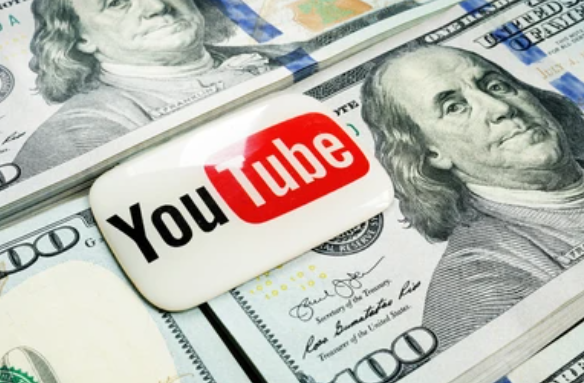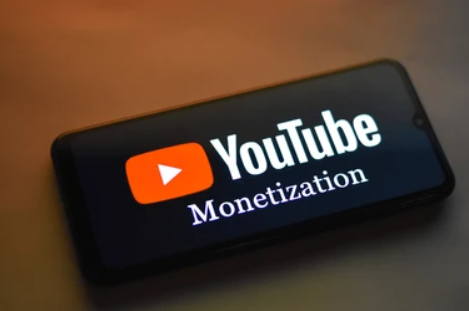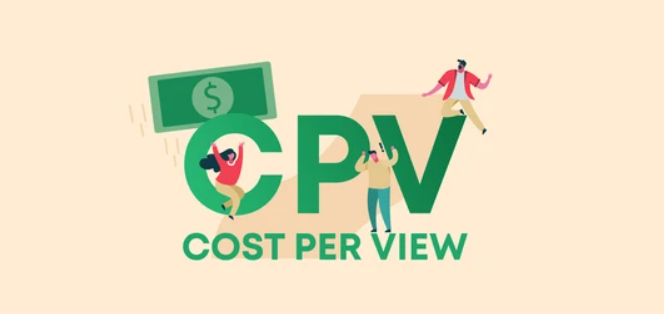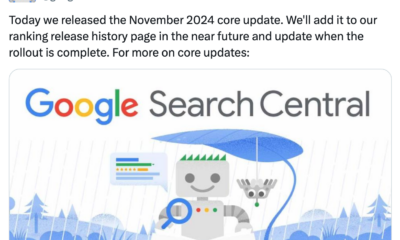AFFILIATE MARKETING
How Much Money Do YouTubers Earn Per View?

Have you ever wondered how much money vloggers and influencers on YouTube can make? Are you curious to know how much money do YouTubers earn per view? We all have heard about the success stories of some super stars on YouTube, but most people don’t understand what it takes to achieve such a successful career.
It is no secret that YouTube is a profitable business and many influencers have made millions of dollars. But how much money do YouTubers really make per view? In this article, we will discuss the various income sources available to YouTubers, as well as provide helpful tips on how to increase your channel’s earning potential. We’ll also discuss factors affecting how much money YouTubers earn, and the strategies they use to maximize their revenue.
What is YouTube Partner Program (YPP)
The YouTube Partner Program (YPP) is a platform that allows content creators to earn money from their videos. It’s a fantastic opportunity for creators to generate revenue from ads displayed on their videos and from YouTube Premium subscribers watching their content.
How Does YPP Work?
- Eligibility: To begin with, for a chance to join the program, creators need to meet certain eligibility requirements such as having at least 1,000 subscribers and 4,000 watch hours in the previous 12 months.
- Ad Revenue: Once you’re in, ads will start appearing on your videos, and you’ll earn a share of the revenue. Pretty cool, right? You’ll be paid for both impressions and clicks.
- Application: Once these criteria are met, creators can apply for YPP. YouTube then reviews the application, ensuring the creator’s content adheres to their policies and guidelines.
- Monetization: If approved, ads can be displayed on the creator’s videos, and they start earning revenue based on views and interactions.
- YouTube Premium: Lastly, when a YouTube Premium subscriber watches your content, you get a part of their subscription fee. So the more engaging your content, the more you can earn.

How Much Money Can You Actually Earn per View on YouTube?
Yes, the number of views on a video matters, but it’s not just about views. Advertisers also look at viewer demographics, the length of view time, the type of ad, and other metrics. That’s why a video with 1,000 views might earn less than one with 500 views.
- Ads are Key: The main source of income for most YouTubers is ads. Advertisers pay between $0.01 and $0.03 per ad view. So if your video has 1,000 views, you could earn between $5 and $20.
- YouTube Premium: Don’t forget about YouTube Premium revenue. Subscribers pay a monthly fee for ad-free viewing, and a portion of that goes to creators based on how much their content is watched.
- YouTube Partner Program: Once you hit 1,000 subscribers and 4,000 hours of watch time within a year, you can join this program to share ad revenue with YouTube.
- Affiliate Marketing: If ads aren’t your style, consider affiliate marketing. You can earn anywhere from a few cents to several dollars per sale depending on the product.
Remember, earning money on YouTube isn’t just about views; it’s about engaging your audience and diversifying your income streams. So, don’t just focus on that view count, think bigger.
Factors Affecting YouTube Earnings (Pay Per View)
YouTube offers viewers and content creators the opportunity to earn money through pay-per-view (PPV) advertising. However, the amount of money that can be earned is dependent on several factors:
- Audience Engagement and Retention
- Video Length and Watch Time
- Advertiser Demand and Competition
- Target Audience Demographics
- Video Category and Niche
- Geographic Location of Viewers
- Quality of Ad Placements
- Ad-Blocking Software Usage
- Seasonal Trends and Fluctuations
- Monetization Settings and Policies
Tips for Maximizing Earnings per View
Maximizing earnings per view and gaining more subscribers on YouTube requires a strategic approach that focuses on engaging content and building a loyal audience. Here are some tips to achieve this;
- Create Engaging and Informative Videos
First and foremost, content is king. Your videos should be high-quality, engaging and informative. This not only attracts viewers but also keeps them coming back for more. Remember, the more views you get, the higher your earnings.
- Optimize Video Titles and Descriptions
Pay keen attention to your video titles and descriptions. They should be catchy, relevant, and contain important keywords. This can significantly improve your video’s visibility on YouTube’s search results, leading to more views.
- Strategic Use of Keywords
Keywords are a vital tool in ensuring your videos reach the right audience. They should be relevant to your content and what your target audience is searching for. Perform keyword research regularly to stay on top of trends.
- Increase Viewer Watch Time
Longer watch times lead to better rankings on YouTube, which leads to more views. So, make your videos interesting enough to hold viewers’ attention for the entire duration.
- Encourage Interaction with Ads
You can boost your revenue by encouraging viewers to interact with ads. This doesn’t mean begging for clicks, but rather, carefully placing ads that are relevant to your audience.
- Promote Videos with End Screens and Cards
End screens and cards are effective tools that can help promote your other videos, leading to more views and higher earnings.
- Collaborate with Brands and Sponsored Content
Working with brands and creating sponsored content can be a significant boost to your earnings. Always be open to such collaborations. Thus, paid partnerships or sponsored content can significantly increase your earnings per view.
- Explore Alternate Revenue Streams
Don’t just rely on ad revenue. Explore other revenue streams like merchandise sales, fan funding, or paid memberships.
- Understand YouTube’s Policies and Guidelines
Stay updated with YouTube’s policies and guidelines. Violations can lead to the demonetization of your videos, affecting your earnings.
- Analyze YouTube Analytics Regularly
Regularly check your YouTube analytics to understand what works and what doesn’t. Use this data to improve your content and maximize your earnings.
By implementing these tips, you can enhance your earnings per view and steadily grow your subscriber base on YouTube.
FAQ’s
Q: How much money do you get for 1 million views on YouTube?
A: The amount of money YouTubers make per million views can greatly vary depending on various factors such as the audience’s location, the video’s watch time, and the viewer demographics. However, on average, a YouTuber can earn between $3,000 and $5,000 for 1 million views (as $5 per 1000 views).
Q: How many views on YouTube does it take to make $1?
A: The money earned per view on YouTube isn’t set in stone, and it can vary greatly. However, it’s estimated that YouTubers generally earn between $0.01 and $0.03 per view.
Q: Does YouTube still pay per view?
A: YouTube doesn’t technically pay ‘per view.’ It pays through ads, which viewers might see before, during, or after the video. Income generation depends on factors such as how many viewers click on the ads or watch the whole ad instead of skipping it.
Q: Can YouTube pay for 1k views?
A: Absolutely, While the amount isn’t significant, YouTube pays for every view that is monetized. Again, the payout can greatly vary depending on factors like viewer location, ad inventory, and how long viewers watch the ads. On average, however, you can expect to earn around $1 to $2 for 1,000 views.
Concluding Remarks
In conclusion, the amount of money YouTubers earn per view is based on a combination of factors. These include the type and length of content they create, their network deals, ad revenue generated from views, and number of subscribers. It’s clear that growing one’s subscriber base is an important part of being a successful YouTuber. With more engaged followers/viewers there is the potential to make more money, as well as develop a larger impact on society. Overall, if you want to become a successful YouTuber, then it’s important to be creative and have a good strategy in place. So, good luck and thanks for reading!










